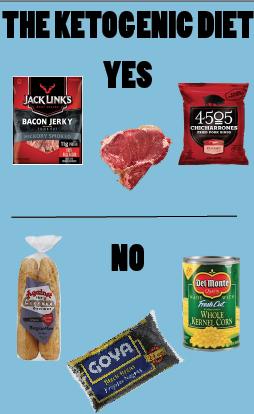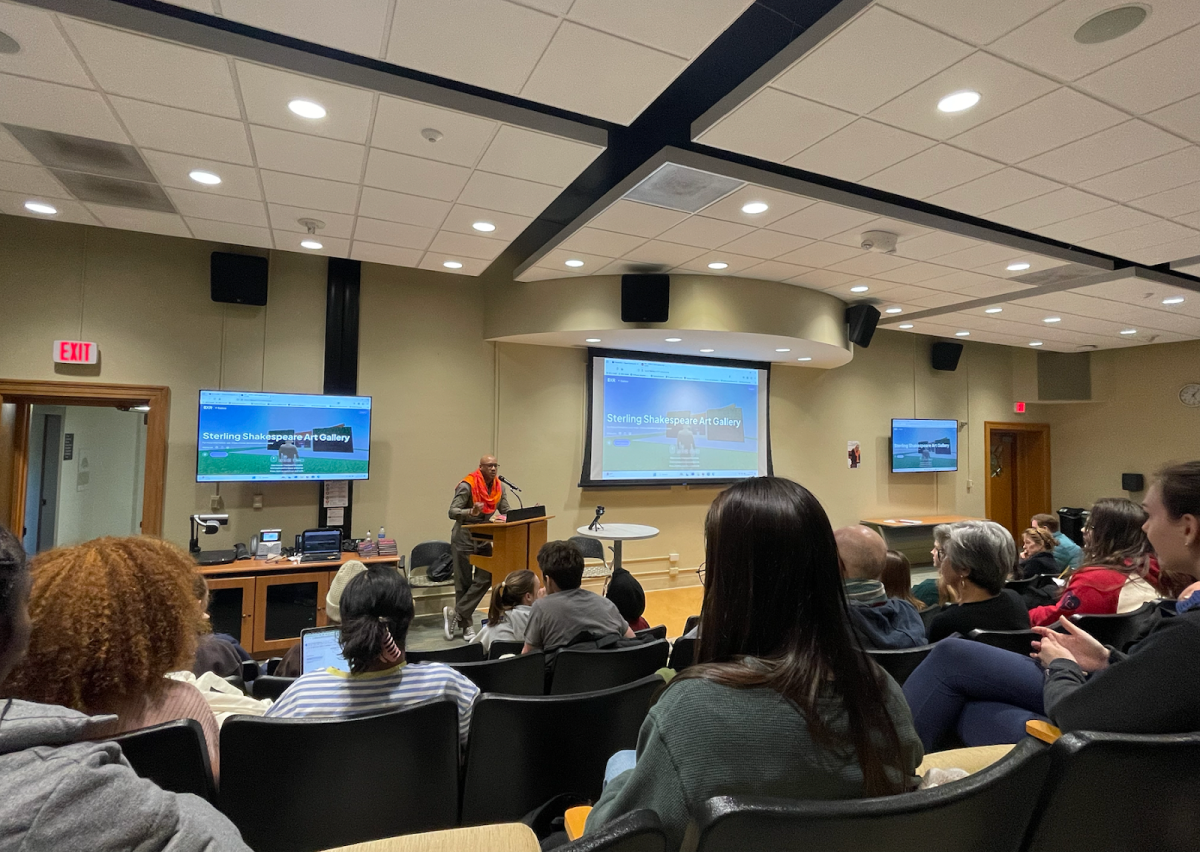There is recent scientific consensus that diets generally do not work as effective weight loss strategies. Yes, you will likely lose weight at the beginning of a diet, but statistics show that over 95 percent of dieters will regain at least all of the weight that they lose in one to five years.
Fortunately, I am not a scientist, and I think it’s funny to buy into junk science. Therefore, I decided to challenge myself to a diet that is gaining a lot of attention right now — the ketogenic diet.
The ketogenic diet has actually existed for many years. Initially popularized in 1916 by Dr. Hough Conklin, it has been used for over a century to combat epilepsy and diabetes, with some very positive results. Further, the Inuit people have survived off of a naturally ketogenic diet for as long as they have existed, just based on the resources that are locally available to them. Recently, the diet has been adopted and popularized by pop culture icons like Kim Kardashian and Halle Berry as an effective weight loss tactic.
What is the ketogenic diet? Essentially, it is an extreme version of popular low carb diets like the Adkins Diet or the South Beach Diet. The ultimate goal of a person attempting the ketogenic diet is to shift their body into a state of ketosis. Ketosis is the state a person’s body enters when it has depleted its glucose (sugar) stores and must start burning fat for energy. The most effective way to induce ketosis is to fast for about 24 to 48 hours. However, fasting is extremely uncomfortable. Another more reasonable way a person can shift his body into ketosis is to eat a high fat, low carb diet (low carb meaning 20 carbs or less per day). If a person chooses this strategy, it will take two days a week in order to induce ketosis, depending on the depth of his glucose stores.
The concept of a high fat, low carb diet sounds ludicrous. How is it possible that a dieter could consume bacon-wrapped steaks and pork rinds, but be forced to avoid black beans and corn? The thinking behind this is that when your body shifts into ketosis, it begins burning your fat. In fact, some proponents of ketosis argue that if you are doing it right, you can naturally burn 600 calories a day. I guess I was doing it wrong.
I started my foray into ketosis on a Sunday morning. After two days of eating nothing but eggs, grilled chicken and spinach salads, my head started to throb, but I did, in fact, successfully deplete my glucose stores. Immediately after my body entered ketosis, I started losing a lot of water weight. By the end of the week, I had lost roughly 10 pounds of water weight, but I didn’t feel any healthier, and I was eating a disgusting amount of beef jerky. There is no way ketosis possibly could have been doing good things for my heart. I ended up quitting the ketogenic diet after a week. A major factor for my decision to quit was the keto flu, which was hitting me very hard. This is a common symptom for recent adopters of the diet. Victims’ stomachs start to churn and they get horrible, seemingly incurable headaches. The keto flu made my diet unlivable.
I am glad that I quit my ketogenic diet, because in retrospect, it was an absurd endeavor. I could produce healthier results by simply going to the gym more and eating smaller quantities. That being said, I still think junk science is hilarious, and I am all for testing more questionable diets in the name of the Old Gold & Black. If you have any suggestions, please feel free to email me. If your message piques my interest, expect to see a write-up a few weeks later.
















